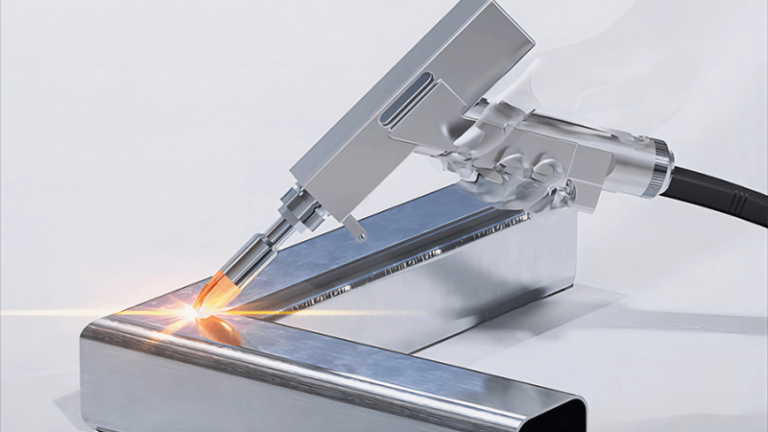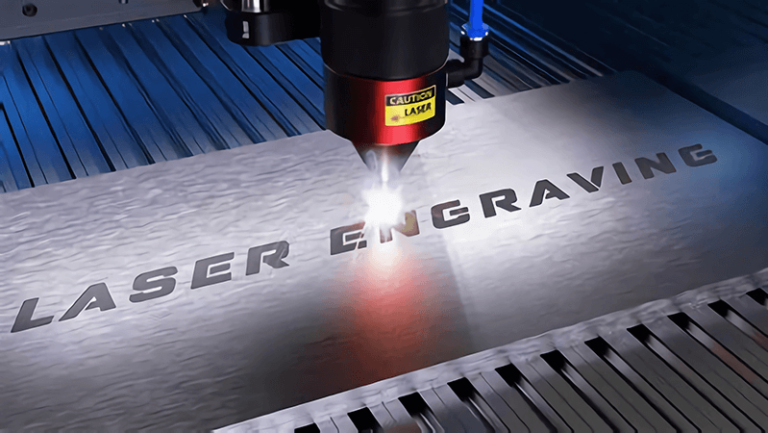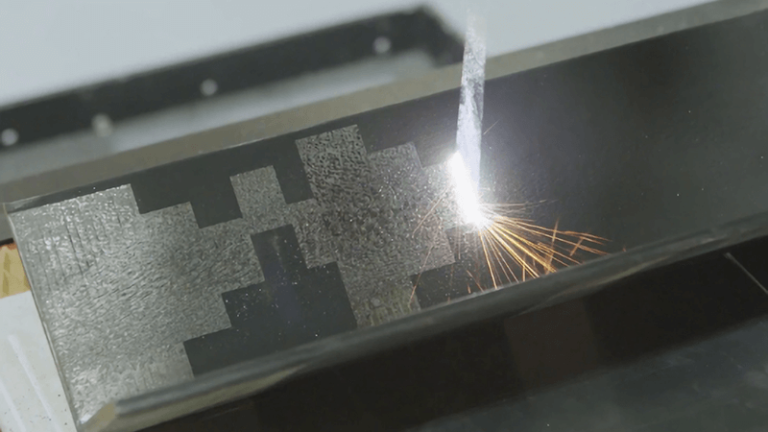When I first entered the laser machine business, I noticed a common pattern—many beginners buy a “cheap” machine, only to regret it later. Poor beam quality, lack of training, and missing spare parts ruin the experience before they even start.
The best entry-level small metal laser cutter is one that balances precision, support, and scalability. Choose a fiber laser cutter with stable beam quality, easy operation, strong after-sales support, and available spare parts. Avoid the cheapest options without verified optics and training.
Every beginner deserves a machine that helps them start strong, not one that breaks before the first project is done. In this article, I’ll share how I approach helping new buyers at Kirin Laser, based on years of experience supporting small workshops and startup manufacturers.

What is a good beginner laser cutter?
Many first-time users think cutting power alone defines quality, but that’s far from true. In reality, the best beginner laser cutter offers balance—good power, user-friendly design, and strong support. When one of my first customers learned this, their production went from struggle to success.
A good beginner laser cutter should combine reliability, stable beam quality, and simple operation. A 1–3 kW fiber laser machine with plug-and-play optics, built-in software guidance, and fast after-sales support is ideal for small metal projects like signage, panels, and custom parts.
Dive deeper
When selecting a beginner machine, I always focus on three essentials: power range, optical path quality1, and ease of maintenance2.
1. Power and material match
The power range determines what materials you can cut:
| Power | Recommended Material | Thickness |
|---|---|---|
| 1 kW | Stainless steel, carbon steel | ≤3 mm |
| 2 kW | Stainless, aluminum, brass | ≤6 mm |
| 3 kW | Mild steel, aluminum alloy | ≤8 mm |
Higher power improves cutting speed, but too much for a beginner increases cost and risk.
2. Beam quality and optics
At Kirin Laser, we use high-precision optical modules to ensure stable beam delivery. Poor-quality optics cause inconsistent cuts and burned edges, especially on reflective metals like aluminum. A beginner-friendly machine must include auto-focus optics and collimation protection to reduce manual adjustment.
3. After-sales support
Even the best laser is only as good as the support behind it. Our customers benefit from remote diagnostics, video training, and spare part kits included with every machine. This avoids downtime and builds long-term trust—a factor often ignored by budget brands.
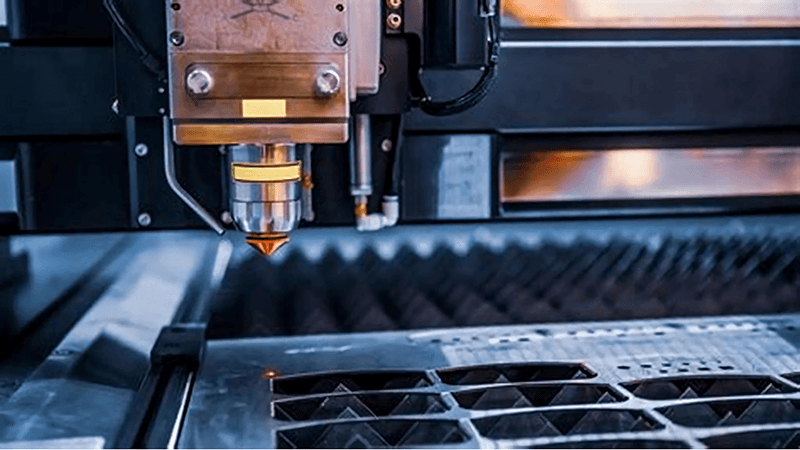
What to know before buying a laser cutter?
Before purchasing your first laser cutter, it’s easy to get lost in specs, ads, and “limited-time offers.” But as someone who has guided dozens of new users, I can tell you: understanding the workflow matters more than any brochure.
Before buying a laser cutter, know your materials, thickness needs, space requirements, and local support availability. Choose a model that fits your workload, includes optics warranty, and offers remote training from the manufacturer.
Dive deeper
Buying a laser machine is not like buying a printer—it’s a long-term investment that affects workflow, labor, and customer satisfaction.
1. Know your material and cutting needs
Each metal reacts differently to laser energy. Stainless steel absorbs heat well, while aluminum reflects it. Choose a machine equipped with Raycus or IPG laser sources3 that maintain stable performance under reflective conditions.
2. Space and power supply
A compact 1.5 × 3 m working area fits most small workshops. Remember that fiber lasers require stable electricity and cooling. I always suggest industrial-grade chillers4 and voltage stabilizers to maintain beam consistency.
3. Software and automation
Modern fiber lasers like ours use intuitive control software with preloaded cutting libraries. For new users, automation features such as auto-focus heads, collision protection, and gas-saving systems make operation easier and reduce waste.
| Feature | Benefit for Beginners |
|---|---|
| Auto-focus lens | Reduces setup time |
| Remote monitoring | Easier maintenance |
| Preloaded parameters | Faster material switch |
| One-key calibration | Ensures stable cuts |
4. Warranty and service
A key mistake many beginners make is skipping warranty details. Always confirm:
- Optics warranty: minimum 1 year
- Laser source: 2–3 years
- Service response: within 24 hours
At Kirin Laser, we guarantee local and remote support through multilingual technicians, helping new users achieve consistent results from day one.
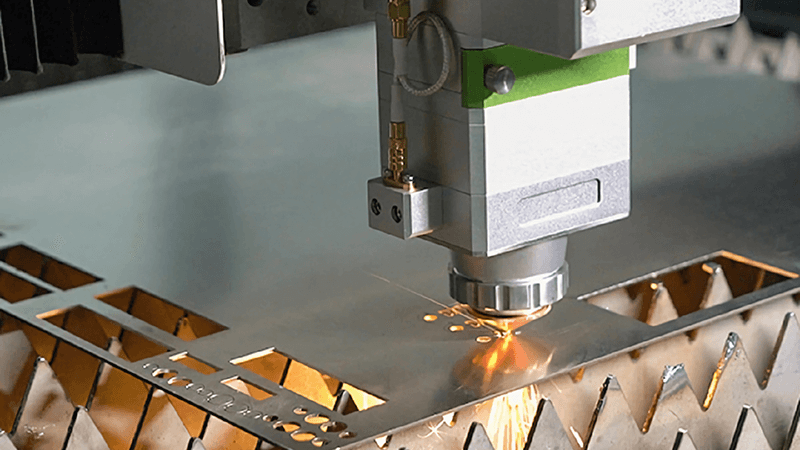
Are Chinese laser cutters any good?
This is a question I get almost every week from buyers in the U.S. and Europe. The short answer? Yes—if you choose the right brand. The difference between a low-cost reseller and a reliable OEM manufacturer like Kirin Laser is night and day.
Chinese laser cutters can be excellent when built with quality components, precision assembly, and verified service. The key is to buy directly from OEMs that handle R&D, production, and after-sales—not from anonymous resellers with no spare parts or technicians.
Dive deeper
Chinese laser technology has evolved fast. Over the last decade, manufacturers like us have closed the gap in precision, optics, and automation. Still, quality depends on who you buy from, not just where it’s made.
1. OEM vs. reseller
| Type | Description | Pros | Cons |
|---|---|---|---|
| OEM Manufacturer | Designs, builds, and services machines | Quality control, stable parts, training | Slightly higher initial cost |
| Reseller | Sells rebranded imports | Lower upfront cost | Poor support, unknown components |
At Kirin Laser, we build and test each unit before shipment. We provide the full mechanical drawings, optical calibration sheets, and software configuration backups—something resellers rarely offer.
2. Component quality
We integrate Raycus, MAX, or IPG sources5, along with S&A chillers and Hiwin linear guides. These ensure cutting precision over time. Our customers in the U.S. often mention how our machines outperform older Western brands they used before, especially in energy efficiency and ease of maintenance.
3. Service and logistics
The best OEMs have local service partners6 and remote training support. For example, one of our clients in Texas received real-time setup guidance through video call and achieved cutting results on day two. That level of assistance is rare among low-cost resellers.
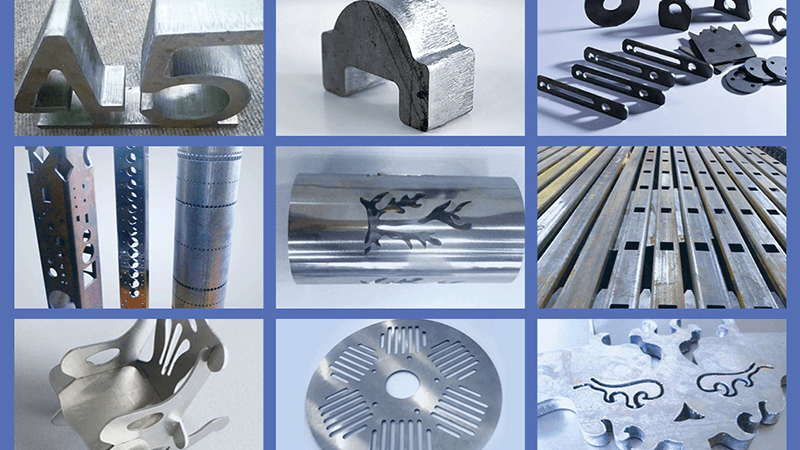
Can mild steel be laser cut?
Many beginners wonder if fiber lasers can cut mild steel effectively. The answer is yes—but material preparation and gas settings play an important role. With the right combination, even a small 1 kW machine can achieve smooth cuts.
Yes, mild steel can be laser cut using a fiber laser machine. Use nitrogen or oxygen assist gas, ensure clean surface conditions, and adjust cutting parameters for best edge quality. A 1–3 kW laser is sufficient for mild steel sheets up to 8 mm thick.
Dive deeper
At Kirin Laser, mild steel is one of the most common materials we help new users handle. But success depends on understanding gas dynamics, optics focus, and machine stability.
1. Assist gas selection
| Gas Type | Cut Speed | Edge Quality | Application |
|---|---|---|---|
| Oxygen | Fast | Slight oxidation | Structural parts |
| Nitrogen | Clean edge | Bright finish | Decorative parts |
Beginners often overuse oxygen for speed, but it creates oxidation on the cut edge. For small decorative items or visible surfaces, nitrogen delivers much cleaner results.
2. Optics focus and surface cleaning
Mild steel must be clean and free from oil or rust before cutting. Dirty surfaces scatter the beam and cause inconsistent edges. Our machines include auto-focus heads7 that maintain constant beam position, even if the sheet is uneven.
3. Parameter optimization
Each batch of mild steel behaves slightly differently. That’s why we provide pre-tested cutting tables for 1–3 kW models. These presets include speed, power, and gas flow values that beginners can start with immediately, then fine-tune for local conditions.
By day two, most of our clients achieve near-perfect results. That’s not luck—it’s a combination of beam stability8, proper guidance, and reliable support.
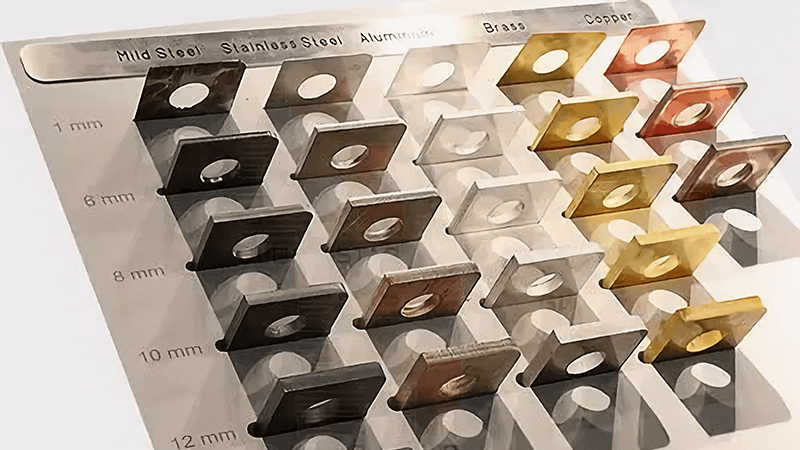
Conclusion
Choosing the right entry-level fiber laser cutter9 isn’t just about power or price—it’s about balance. For beginners, success comes from machines that combine precision optics, user-friendly control, and dependable after-sales support. At Kirin Laser, we help small shops and distributors start strong, cut cleaner, and grow faster with machines that deliver Precision in Every Beam.
-
Understanding optical path quality is crucial for achieving precise cuts and enhancing the performance of laser machines. ↩
-
Exploring ease of maintenance can help you choose a machine that minimizes downtime and maximizes productivity. ↩
-
Explore this link to understand how Raycus and IPG laser sources enhance cutting performance and efficiency. ↩
-
Learn why industrial-grade chillers are essential for maintaining optimal performance and longevity of laser machines. ↩
-
Explore this link to understand the significance of these sources in enhancing laser cutting precision and performance. ↩
-
Discover how local service partners can improve support and efficiency in laser technology services. ↩
-
Explore this link to understand how auto-focus heads enhance cutting precision and efficiency in laser applications. ↩
-
Learn about beam stability's role in achieving high-quality cuts and consistent results in laser cutting processes. ↩
-
Find the best laser cutting machine and laser cutting solutions from Kirin Laser, clicking this link to get all your needs for your business. ↩


